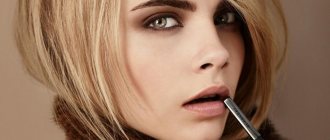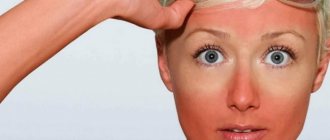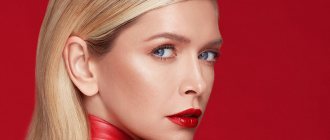Profitable hobbies
Many women, when choosing what to do, think about the possible profitability of their future hobby. If your goal is to choose the most profitable hobby, pay attention to the following types of creativity (today they are well monetized):
- production of natural cosmetics and handmade soap;
- baking cupcakes, gingerbreads and cakes to order;
- drawing up floral compositions;
- production of costume jewelry;
- breeding of domestic purebred animals;
- website building and its individual elements - programming, web design, writing texts for websites;
- blogging;
- photographing.
It’s also worth paying attention to scrapbooking, making toys, and clothes with large knits. If you feel like a teacher, take up teaching creative and culinary master classes, and if you are confident in a foreign language, become a tutor.
What hobbies are most typical for different ages of the fair sex?
Hobbies depend not least on age. Thus, embroidery, knitting, beading, and drawing are typical for girls. Schoolgirls also write poetry, play musical instruments, engage in choreography, sports, and singing.
Teenage girls and students are more often interested in sewing and decorating clothes, including studying new trends in fashion, as well as makeup artistry. Quite a few of them embroider, knit, study foreign languages, and go in for sports (and often in unusual types such as water aerobics or yoga). And among the “new” hobbies of girls that appeared not so long ago, website building, programming, and video blogging are in demand.
It is mistakenly believed that a woman on maternity leave is only concerned with the child and housekeeping. However, statistics show that such housewives have many hobbies, including:
- home design;
- production of children's clothing and toys;
- photographing;
- maintaining your blog;
- collecting puzzles.
Women aged 30 are more likely to engage in sewing, knitting, and embroidery. And also decoupage, soap making and other handicrafts. These activities are also in demand among women over 40 years old - they enjoy embroidering large paintings, making bags and jewelry, sculpting from polymer clay, and weaving something from beads. And the most common hobbies of women over 50 are home baking and other cooking, gardening and indoor plant growing, aromatherapy, massage, and conducting any master classes.
Constantly taking care of your health
All women know that they should constantly take care of maintaining good health, but many do not know how to do this correctly. Meanwhile, to look young at 45 years old, it is enough to follow a few simple rules: • get enough sleep - lack of sleep has a detrimental effect on appearance: bags appear under the eyes, the skin becomes dull, the look becomes dull, the person looks tired and lethargic; • avoid sudden fluctuations in weight in any direction - along with the loss of the fat layer, the supply of estrogens that have been accumulated throughout life leaves the fiber; and gaining extra pounds is accompanied by an increase in the load on the entire body; • engage in physical education or fitness - the human body perceives any physical activity as a manifestation of its youth, which is why it has such a healing effect on all organs and systems; • systematically take vitamin-mineral complexes with antioxidant activity - this will stop the destruction of collagen and elastin - the structural proteins of our skin, which give it the necessary elasticity.
Skin care at 45
Skin, like a woman’s health after 45 years, requires special and careful care. Poor nutrition, decreased immune function and hormonal changes are literally reflected on a woman’s face. After 45 years, the epidermis secretes several times less sebum, and the fibers lose their former elasticity and firmness. You can counter these negative changes using the following methods:
- Morning and evening, remove excess oil and dirt from your face using soft foam or gel;
- Use day and night creams that suit your skin type;
- Perform self-massage of your face in front of the mirror daily;
- In summer, use sunscreen lotion;
- Make nourishing and rejuvenating masks several times a week.
After 45 years, to maintain health, a woman should undergo annual examinations
Every person, if his body does not have hereditary ailments, can live to an old age in good health. To do this, you need to lead a healthy lifestyle, do not abuse smoking and alcohol, eat right, exercise regularly, get plenty of rest and avoid stress.

Women who want to maintain vigor, health and youth for a long time should pay attention to the natural changes in the body during menopause. These changes begin differently for each woman. For some, at forty, and for others, at fifty.
The production of female hormones (estrogens) in the ovaries gradually decreases. This entails a decrease in metabolic rate, elasticity of blood vessels and skin, and bone density. In addition, mood swings occur and memory deteriorates.
After 45 years, women are most susceptible to diseases such as:
- cholelithiasis;
- osteoporosis;
- cholecystitis;
- diabetes;
- heart attack;
- rheumatoid arthritis;
- stroke.
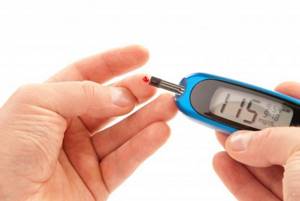
Women who have experienced menopausal changes in their bodies should consider this not as a disease, but as natural processes caused by nature. To prevent these changes from developing into diseases, you need to carefully monitor your health.
To do this, women during menopause should undergo a biochemical and general blood test every six months. These tests will help the doctor get a correct idea of metabolism, blood clotting, the intensity of blood oxygen saturation, and the absence of inflammation.

an endocrinologist and gynecologist every six months . This will help track the occurrence and development of diseases, as well as ease the course of menopause.
The mammary gland, during menopause, becomes especially vulnerable. All sorts of neoplasms can develop in it. Mammography once a year can detect the slightest lumps and begin treatment on time.

a hormone test every six months . Thanks to this, the doctor will be able to prescribe replacement therapy, as well as ease the menopause.
Since hormones no longer protect women after menopause from cardiovascular diseases, it is very important to control the presence of bad cholesterol in the blood. The lipid profile will help with this . This test must be taken once a year. This will also help identify any problems with fat metabolism.
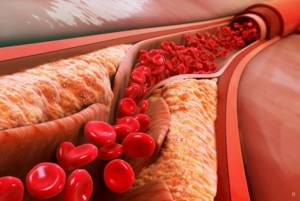
After age 45, women's bones begin to lose calcium. It is washed out of the bones, increasing their fragility and, accordingly, the risk of fractures. your bone density once a year to prevent the development of osteoporosis.
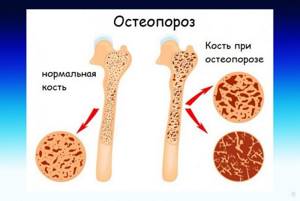
A slowing metabolism during this period makes it necessary to have a blood sugar test . It must be submitted once a year.
In addition to the necessary tests, women during menopause should constantly monitor their blood pressure and heart rate . Maintaining a water regime will help saturate the cells with moisture and prevent the blood from thickening. You need to drink at least two liters of clean water per day.
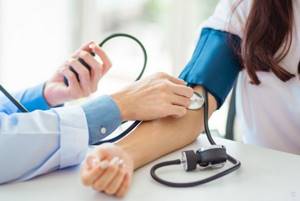
Mandatory examination procedures include an electrocardiogram . It needs to be done at least once a year.
Every year, women over 50 years old should undergo a colonoscopy . This is not very pleasant, but it will allow you to detect intestinal cancer at an early stage and begin treatment.
Hair care after 45
Due to metabolic disorders, hormonal fluctuations and poor nutrition, hair is gradually destroyed not only in the follicle area, but also along its entire length. The sebaceous glands atrophy, the pigmentation of the hair is disrupted and its structure changes. All this together gives the hair an unkempt and dull appearance. Expert advice will help women improve their hair condition after 45 years:
- Enrich your diet with foods containing phytoestrogens. These include dates, pomegranate, flaxseed oil and broccoli, nuts and seeds, seafood and fresh herbs;
- Cleanse blood vessels from excess cholesterol. This can be achieved by giving up fatty foods, canned food, sweets and flour;
- Regularly use antioxidants not only in nutrition, but also in external hair care;
- Massage your scalp several times a week using essential oils suitable for your hair type.
